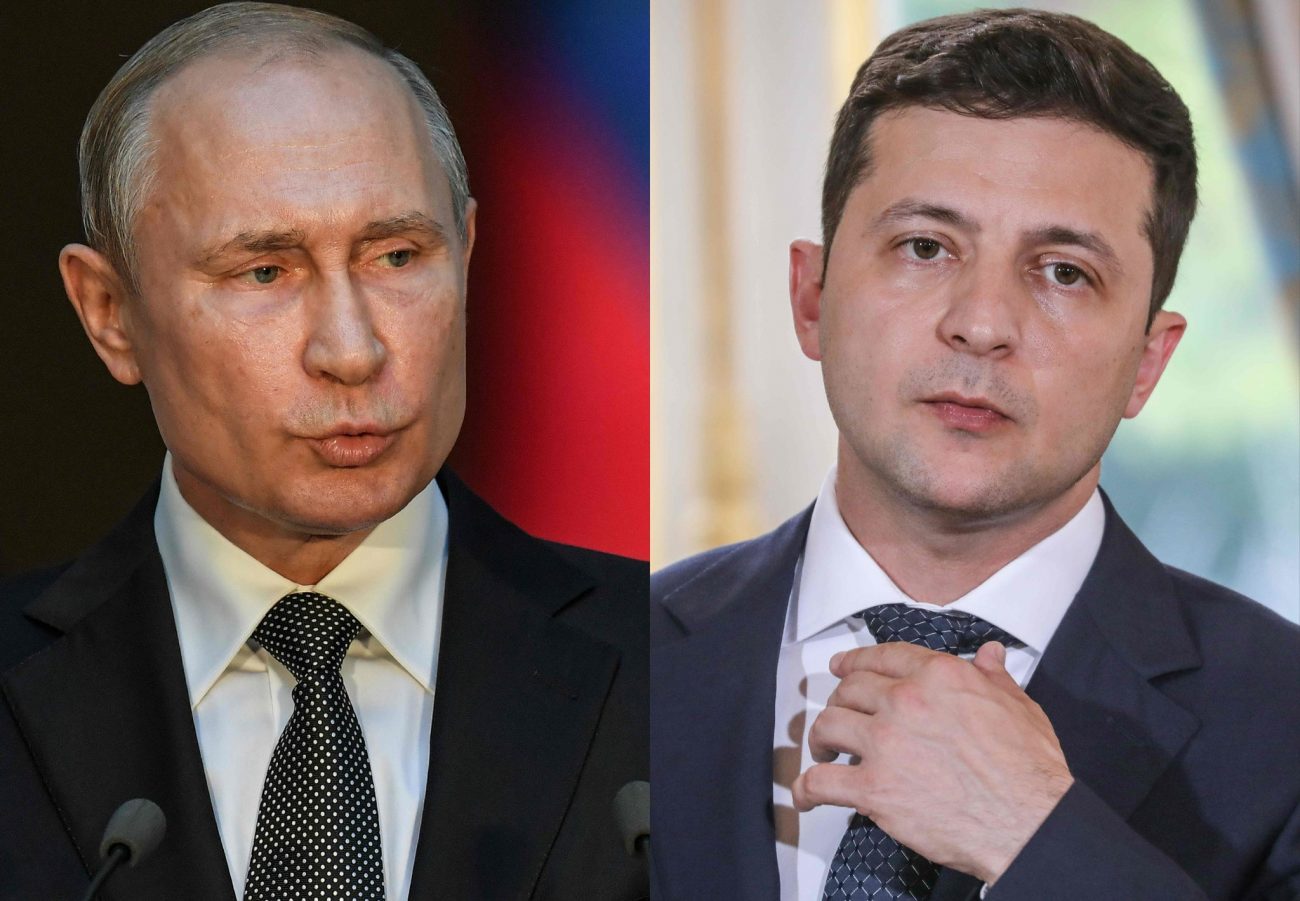Russian attacks on Ukrainian power grids have forced a Tesla electric car owner to strap a generator to its boot and charge the vehicle if photos circulating on social media are to be believed.
Another possibility is that the motorist must be just transporting the generator since it has been placed on an external carrier.
This could be for lack of space inside the vehicle. Either way, this has to be a result of Russia hitting Ukraine’s power supply and distribution lines, which has left the country without electricity – and possibly the Tesla without a functioning charging point.
Interestingly, the matter involves leading technology firm Tesla, whose owner Elon Musk came under fire for adopting a reconciliatory line on Russia and warning to pull out Starlink satellite services used by the Ukrainian military.
#Ukraine: Tesla that runs on electricity from a gasoline generator in #Kyiv. Here seen carrying its power supply. pic.twitter.com/MADESSQ6tz
— Igor Sushko (@igorsushko) December 28, 2022
In early October, Musk tweeted that Crimea is part of Russia and suggested a peace plan that involved holding elections in the annexed territories to settle the matter. This drew massive backlash from the Ukrainian diaspora, citizens, and sections of its political leadership.
Again in mid-October, he blocked Ukraine from using Starlink terminals in Crimea, saying this would provoke Russia into using nuclear weapons. He later said SpaceX could no longer afford the free services for Ukraine, which cost the company $80 million and would exceed $100 million by the end of 2022, asking the Pentagon to bear the expenses.
The United States had sent thousands of Starlink terminals to the Armed Forces of Ukraine (AFU) at the beginning of the war, which used the services to control its drones, targeting devices, and communications.
Tesla Model 3 – A Gasoline Powered Electric Vehicle
The car in the picture, shared by many social media handles, looks like a Tesla Model 3. The tweet by popular handle Igor Sushko (@IgorSushko), which had over 2,000 likes, said it was a gasoline generator, pointing to the irony of an electric vehicle relying on fossil fuel.
This indicates the precarious state of power supply in Ukraine, which must be facing dysfunctional charging stations to recharge Tesla’s battery.
Some Russian commentators on Telegram groups doubted that it must be meant for charging the vehicle’s batteries, as it doesn’t seem connected to the front or the back with wires. It was speculated that the driver did not have space to carry the generator in the boot and came up with an external carrier to transport it.

However, they were corrected by others who said the Model 3 has a sufficiently sized boot space and there is no reason for the motorist to transport the generator like that. Photos on the internet on car reviews show the Model 3 has an adequately ample trunk space and can easily accommodate the generator, possibly leaving room for even more items.
It is unclear from the picture, which only showed a rear image of the moving Tesla Model 3 in traffic, how the technical hack of connecting the generator to the batteries must have been undertaken.
Electric vehicles usually have batteries in either the rear or the bottom of the car, around the same location as the fuel tank in conventional vehicles. The charging point is on the back left-hand side, just adjacent to the tail light, concealed under a flap.
Therefore, not placing the generator inside the car naturally has another purpose. This would be charging its batteries as reaching the charging port on the outside from the inside of the trunk would be difficult.
A comment in the thread below the same tweet estimated the energy economics of using the generator for charging the EV’s batteries. The user explained that assuming the generator has a 20-liter capacity and the Tesla needs 15 kilowatts (kWh) for every 100 kilometers, the driver uses 6.67 liters per 100 kilometers.
Thus, a 20-liter gasoline capacity generator can take the Tesla roughly 300 kilometers – just 50 kilometers short of the advertised claims on the lowest variant.

Turning Up The Cold By Cutting Off Power
Meanwhile, Ukraine reels under a virtually powerless winter after losing 50% of its energy infrastructure to Russian strikes, with the government creating shelters for people to stay warm.
Ukraine’s state energy company Ukrenergo said energy consumption had fallen by 50% and would take longer to restore the electricity supply. Russia had hit thermal power plants, hydroelectric plants, and substations of main networks.
By mid-December, energy infrastructure was hit across the country, with total blackouts reported in regions like Kharkiv and Poltava. Power substations were also struck with TOS-1A multiple-launch rocket systems (MLRS in Svatovo-Kremennaya and Belgorod).
December 29 also saw strikes at power substations in Odesa in southern Ukraine, practically leaving around 1 million residents without electricity.
Russia perceives this as the least invasive option to force the country to capitulate instead of mass strategic bombings of cities that would entail horrific mass civilian casualties.
It possibly would also force non-G7 countries like India, China, and the rest of the world (except for the three Baltic nations, central European countries, Japan, and Australia) to drop their neutrality in the war.
Russia has enjoyed the absence of either implied or overt criticism and their neutrality in UN General Body votes on the matter. It has been actively engaged in recent diplomatic forums and summits in Latin America, Africa, and Asia.
The countries are trying to indicate to the United States (US) that they do not wish to be drawn into geopolitical camps.
- The author can be reached at satamp@gmail.com
- Follow EurAsian Times on Google News




